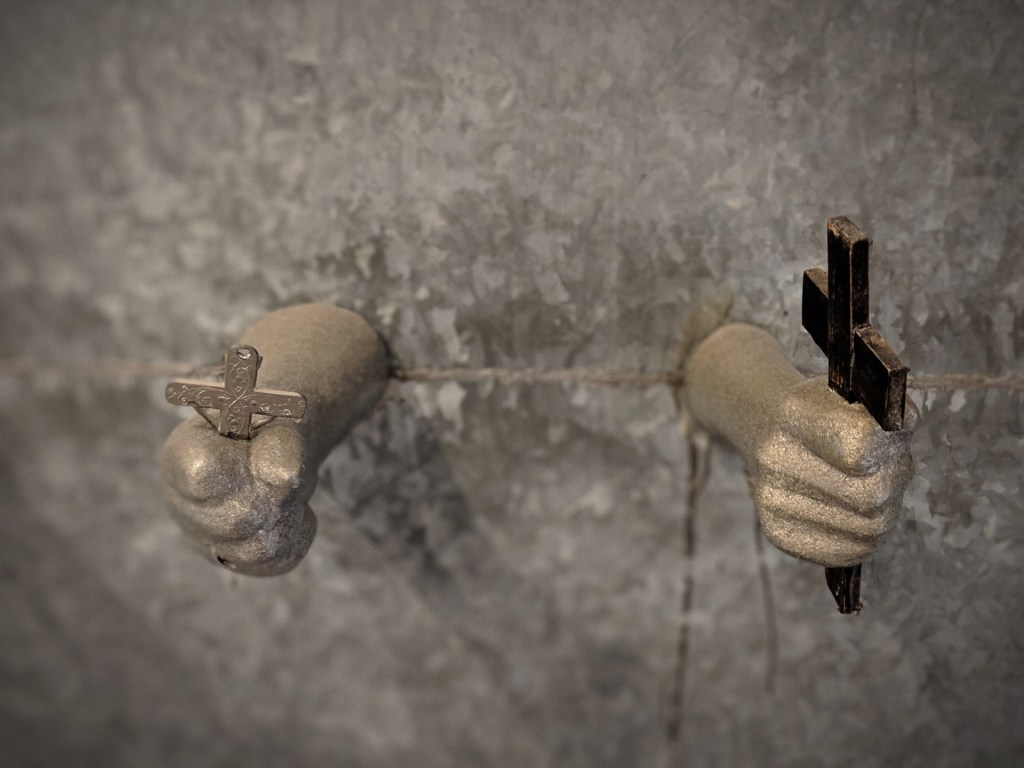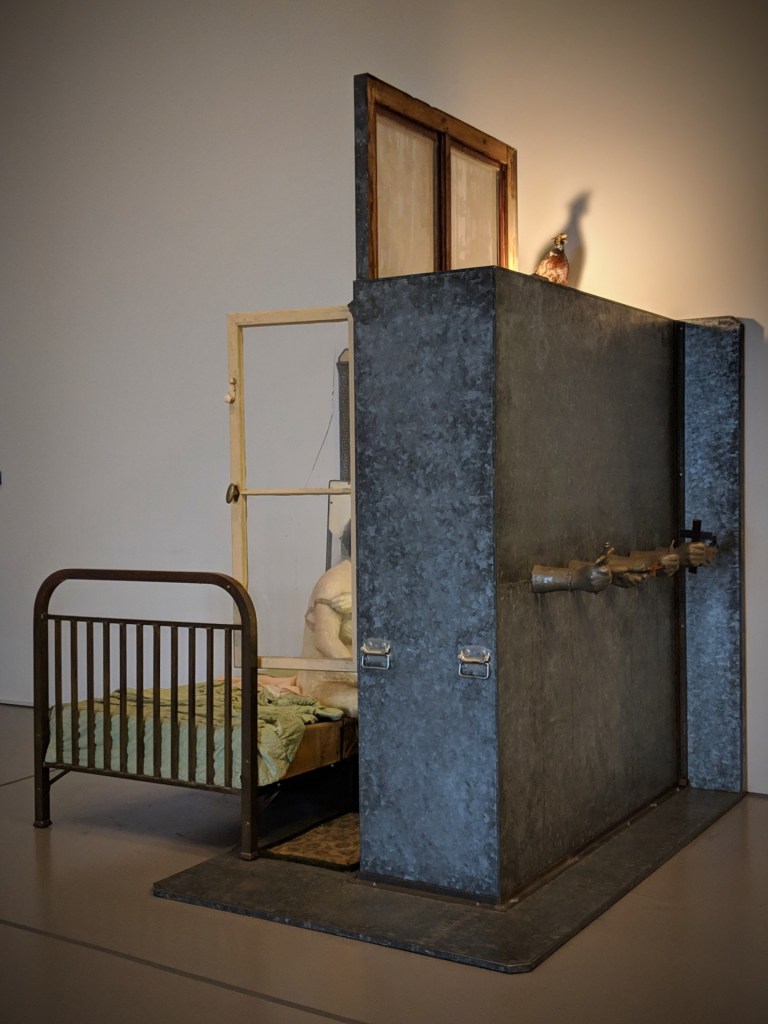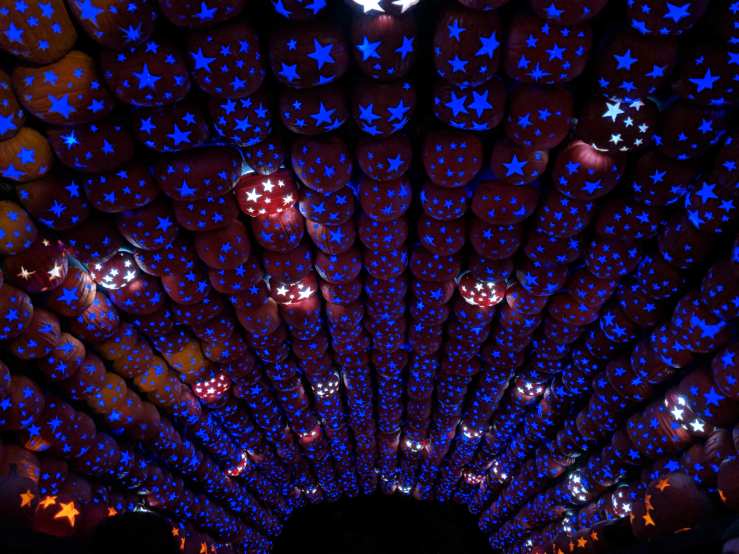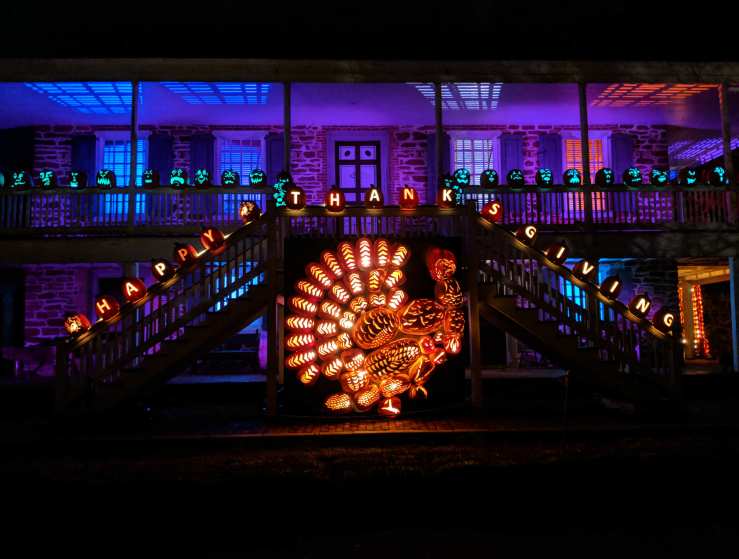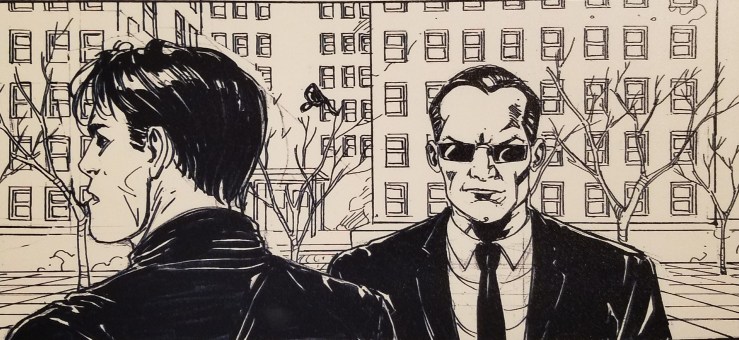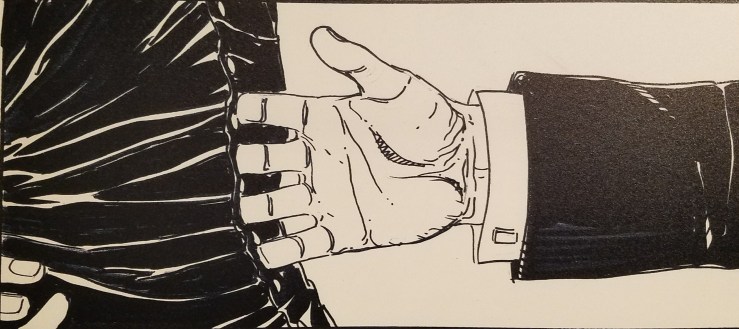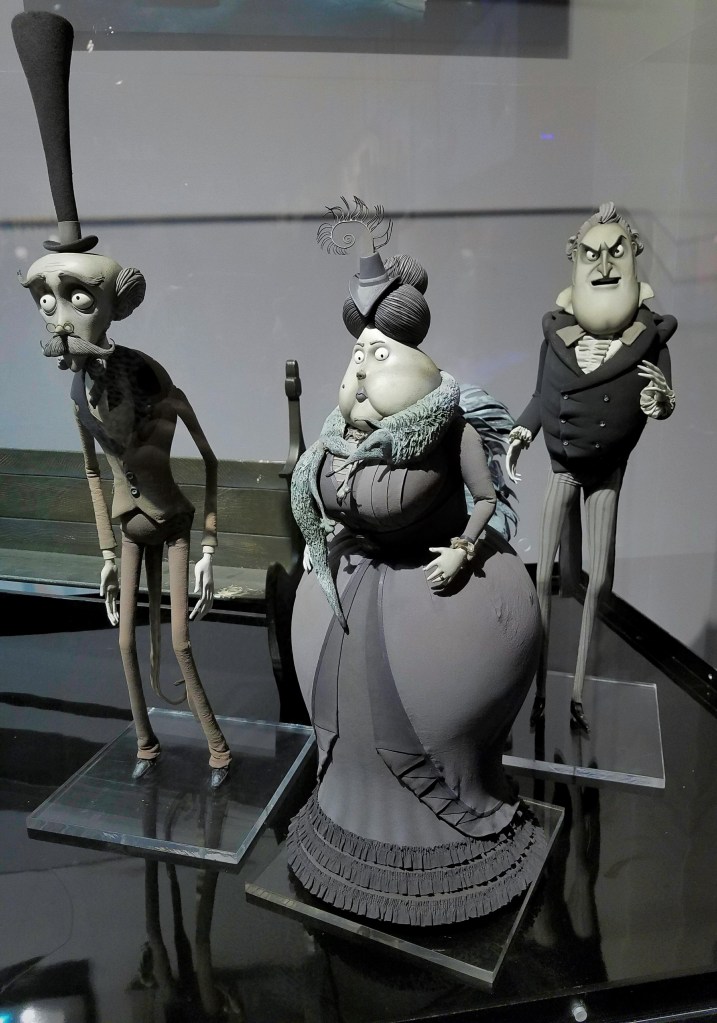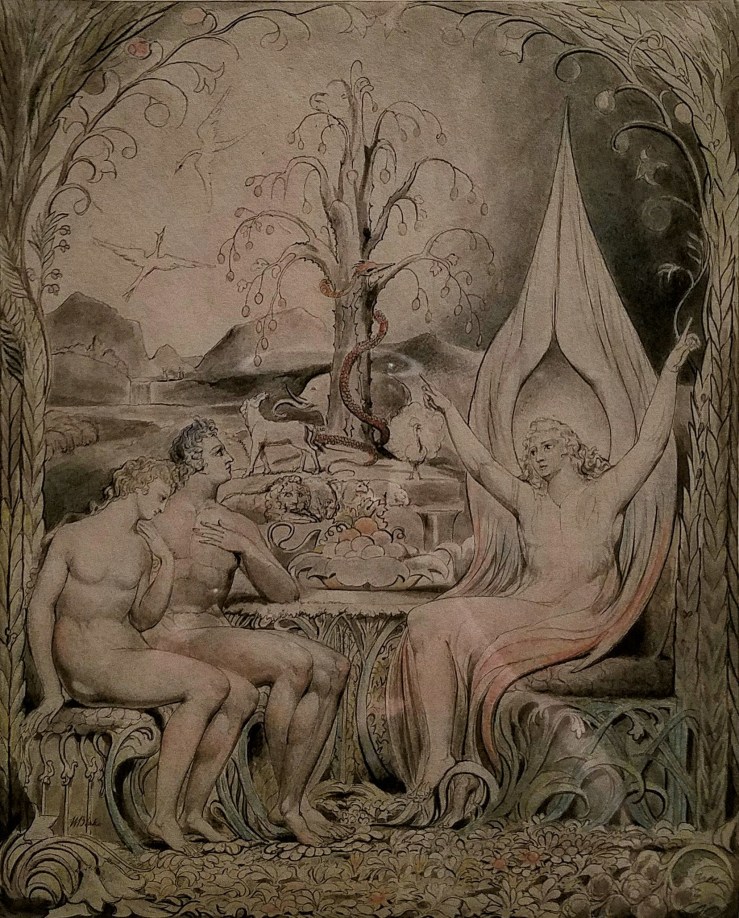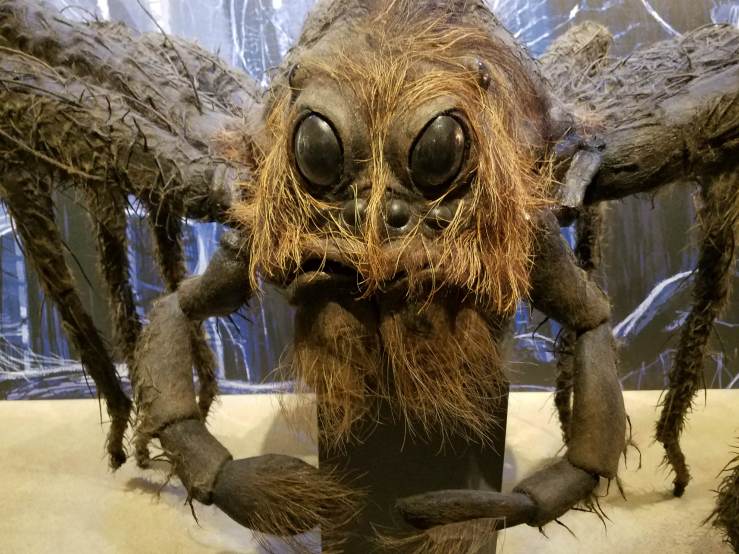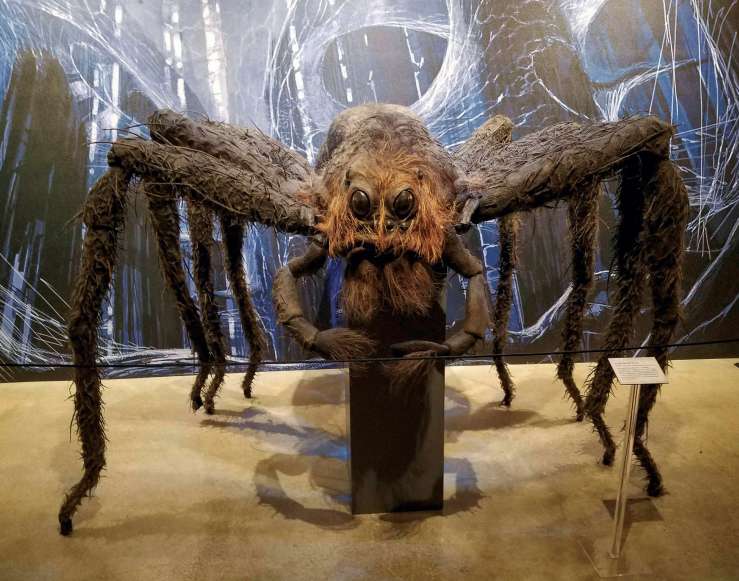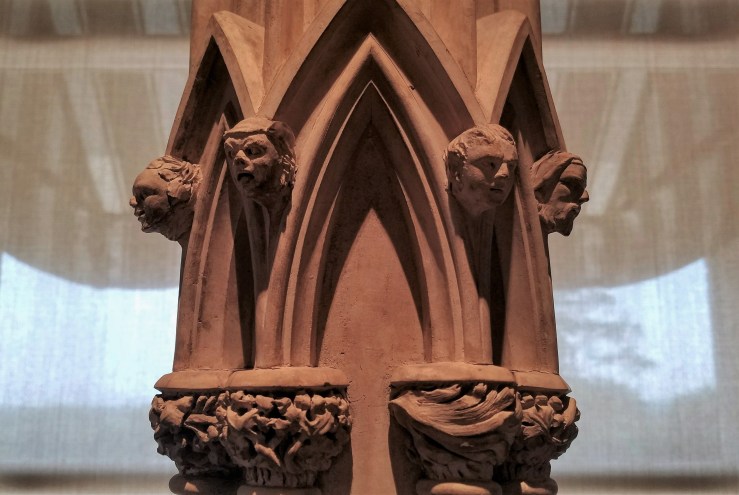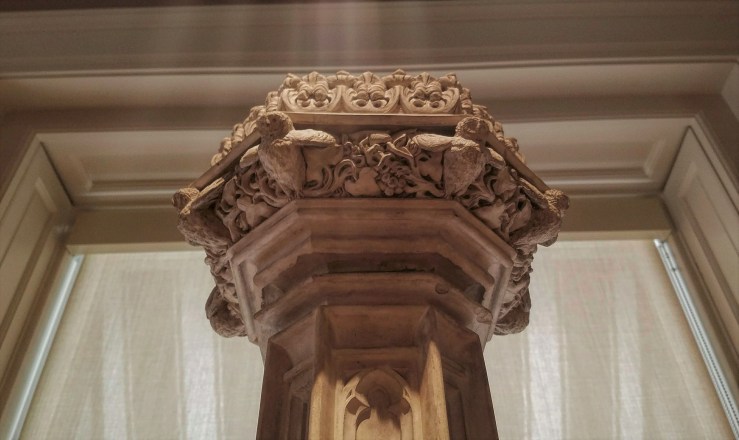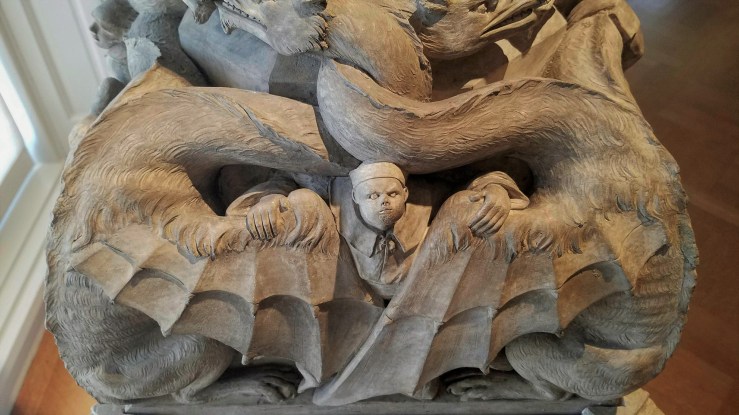Following his murderous quest for vengeance against the doctors he believes responsible for the death of his beloved wife, Victoria, the fiendish Dr. Phibes enters the crypt where he has enshrined her, ”incredibly maintained neither alive nor completely dead”. And there he places himself in suspended life, like her, until it will be time to rise again. And there he lays in darkness, next to her body, in a splendid satin sarcophagus, until the moon, aligning with the eternal planets, shines upon the sarcophagus – once every 2.000 years – signalling the opening of the crypt. And then, the fiendish Dr. Phibes rises again from his deep sleep and, together with his trusted aid, Vulnavia, prepares to take Victoria to Egypt where, years ago, in a mountain overlooking the Valley of the Pharaohs, he prepared a wondrous shrine, ”unknown by any living man”. There, under a secret temple, the River of Life flows, promising resurrection for Victoria and eternal life for them both.
Three years have passed, and now it is time for their greatest adventure. But, to his utter horror, Dr. Phibes finds his house has been destroyed and his papyrus scrolls stolen, the very scrolls that would lead him back to the secret temple in Egypt.
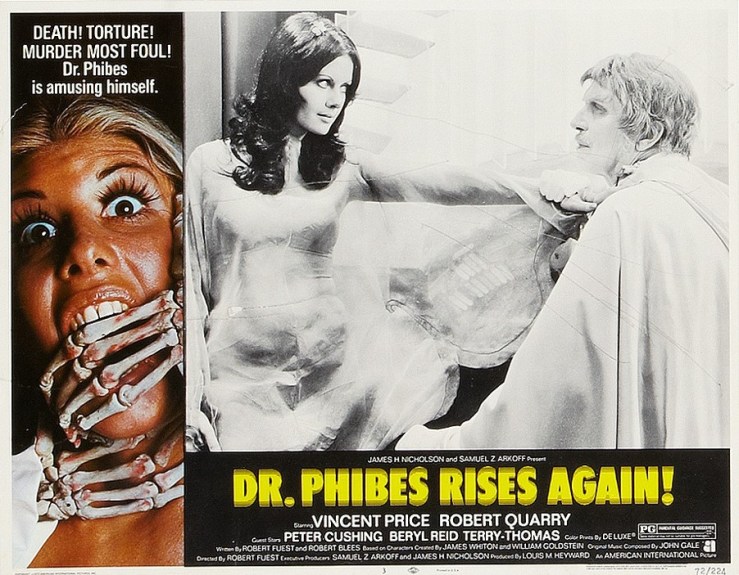

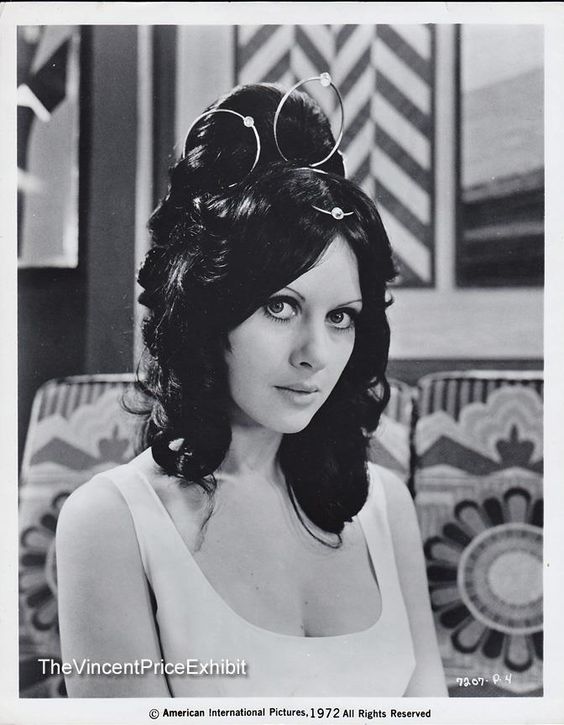

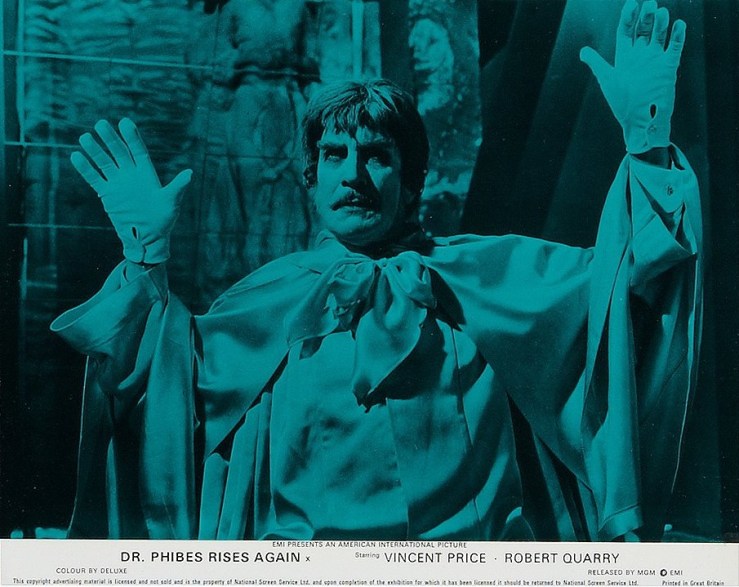

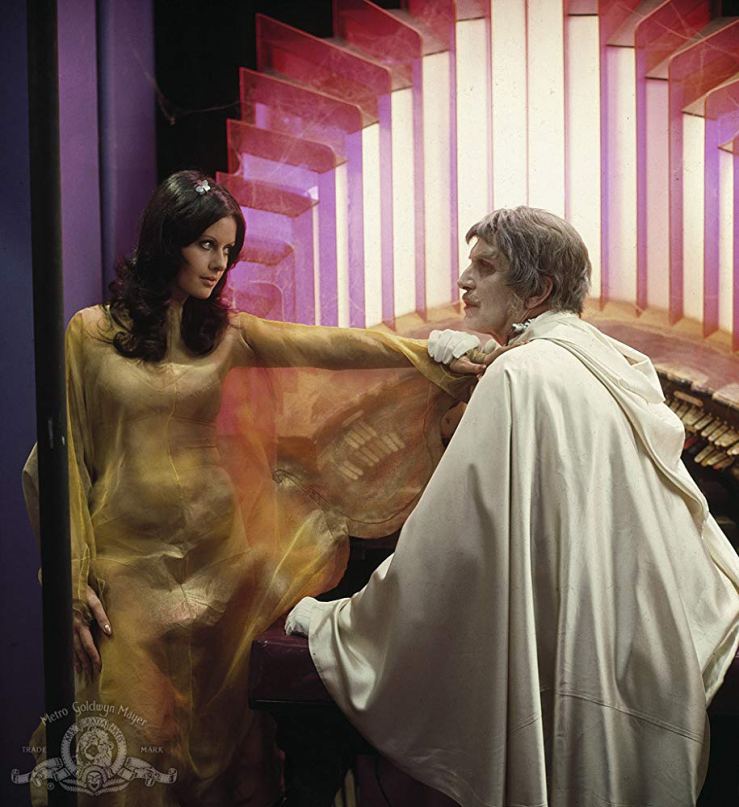
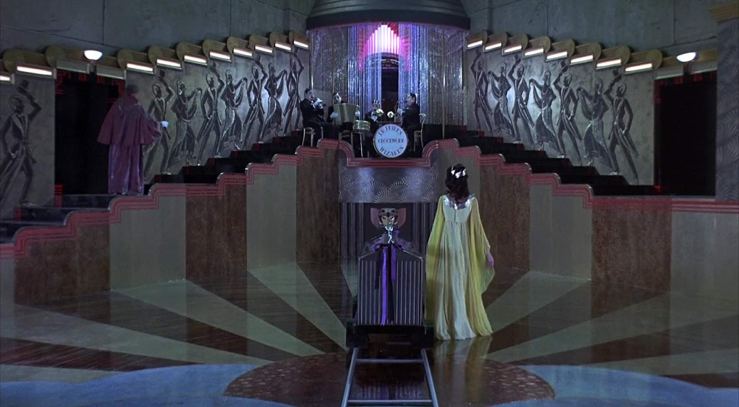

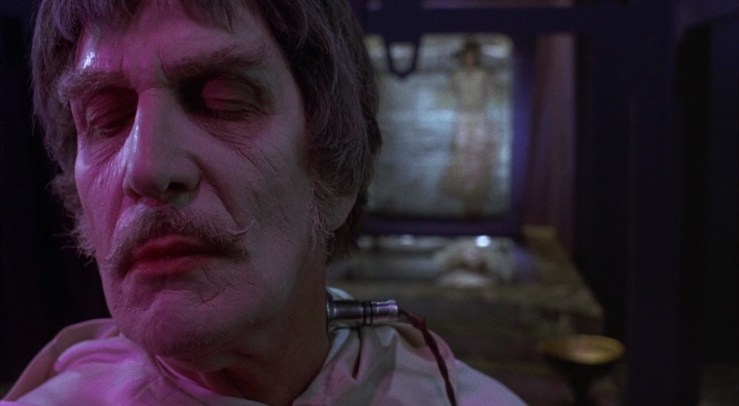



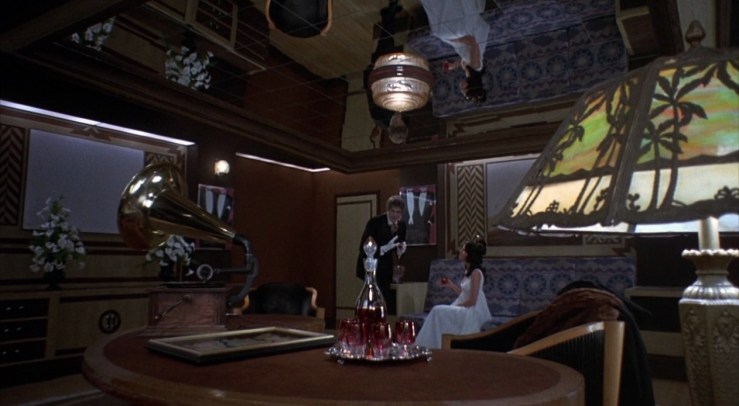
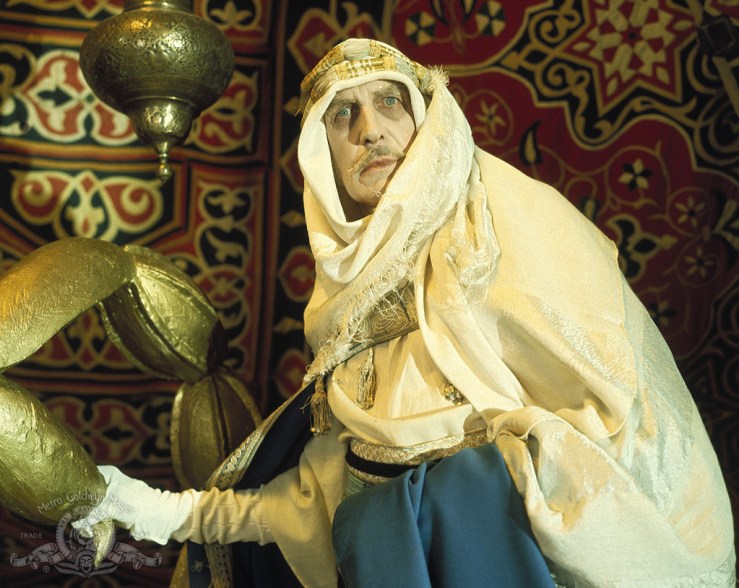



#current_mood
#three_days_to_Halloween
#now_watching
#dr_phibes_rises_again
Stills from imdb and filmgrab archives
Dr. Phibes Rises Again (1972)
October 27th, 2018

